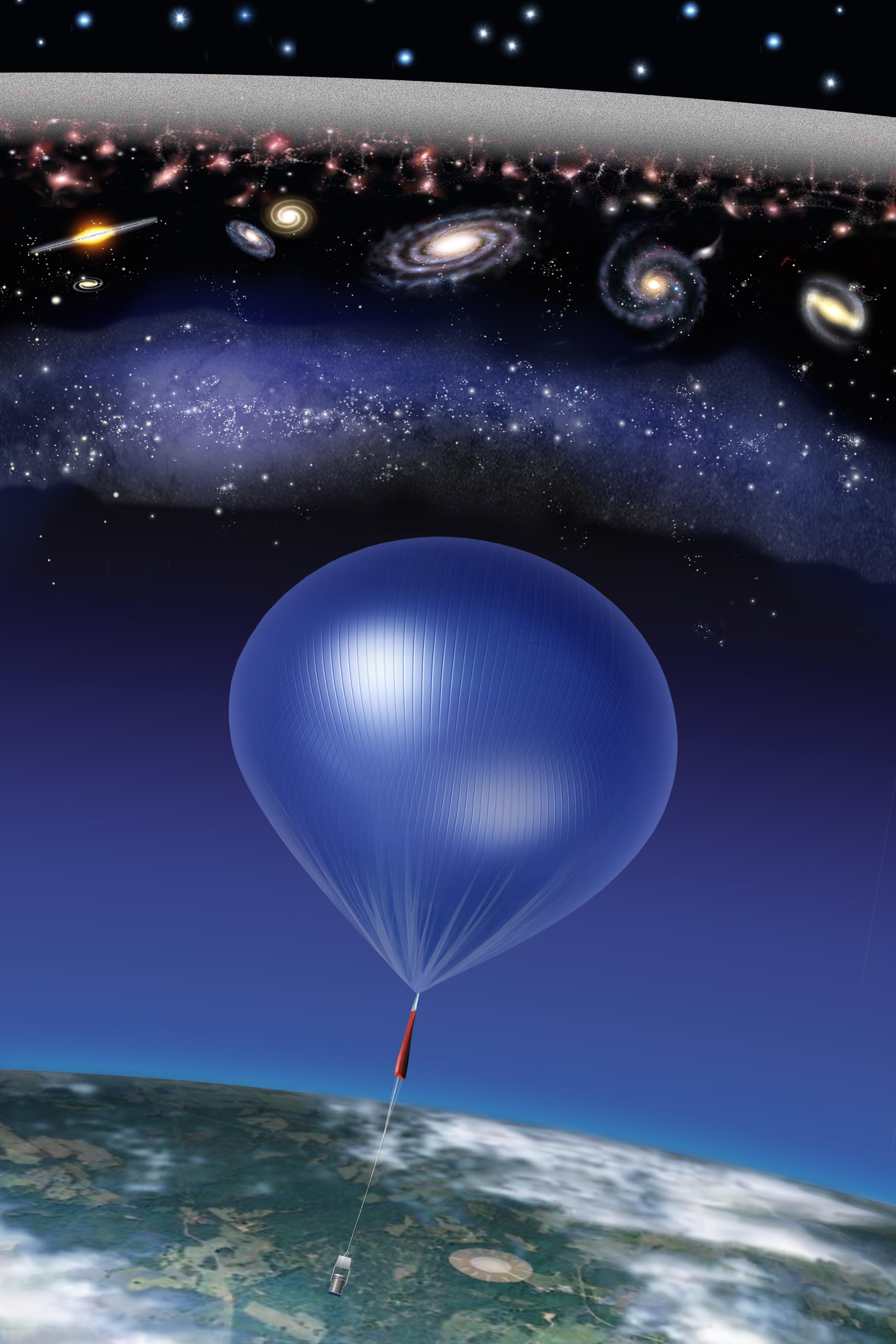|
Arcminute Cosmology Bolometer Array Receiver
ACBAR was an experiment to measure the anisotropy of the Cosmic microwave background. It was active 2000-2008. The ACBAR 145 GHz measurements were the most precise high multipole measurements of the CMB at the time. See also *Cosmic microwave background experiments *Observational cosmology Further reading * External linksACBAR Homepage Cosmic microwave background experiments Astronomical experiments in the Antarctic {{observatory-stub ... [...More Info...] [...Related Items...] OR: [Wikipedia] [Google] [Baidu] |
Cosmic Microwave Background
In Big Bang cosmology the cosmic microwave background (CMB, CMBR) is electromagnetic radiation that is a remnant from an early stage of the universe, also known as "relic radiation". The CMB is faint cosmic background radiation filling all space. It is an important source of data on the early universe because it is the oldest electromagnetic radiation in the universe, dating to the epoch of recombination when the first atoms were formed. With a traditional optical telescope, the space between stars and galaxies (the background) is completely dark (see: Olbers' paradox). However, a sufficiently sensitive radio telescope shows a faint background brightness, or glow, almost uniform, that is not associated with any star, galaxy, or other object. This glow is strongest in the microwave region of the radio spectrum. The accidental discovery of the CMB in 1965 by American radio astronomers Arno Penzias and Robert Wilson was the culmination of work initiated in the 1940s, and ear ... [...More Info...] [...Related Items...] OR: [Wikipedia] [Google] [Baidu] |
Cosmic Microwave Background Experiments
This list is a compilation of experiments measuring the cosmic microwave background (CMB) radiation anisotropies and polarization since the first detection of the CMB by Penzias and Wilson in 1964. There have been a variety of experiments to measure the CMB anisotropies and polarization since its first observation in 1964 by Penzias and Wilson. These include a mix of ground-, balloon- and space-based receivers. Some notable experiments in the list are COBE, which first detected the temperature anisotropies of the CMB, and showed that it had a black body spectrum; DASI, which first detected the polarization signal from the CMB; CBI, which made high-resolution observations and obtained the first E-mode polarization spectrum; WMAP; and the Planck spacecraft, which has produced the highest resolution all-sky map to-date of both the temperature anisotropies and polarization signals. Current scientific goals for CMB observation include precise measurement of gravitational lensi ... [...More Info...] [...Related Items...] OR: [Wikipedia] [Google] [Baidu] |
Observational Cosmology
Observational cosmology is the study of the structure, the evolution and the origin of the universe through observation, using instruments such as telescopes and cosmic ray detectors. Early observations The science of physical cosmology as it is practiced today had its subject material defined in the years following the Shapley-Curtis debate when it was determined that the universe had a larger scale than the Milky Way galaxy. This was precipitated by observations that established the size and the dynamics of the cosmos that could be explained by Albert Einstein's General Theory of Relativity. In its infancy, cosmology was a speculative science based on a very limited number of observations and characterized by a dispute between steady state theorists and promoters of Big Bang cosmology. It was not until the 1990s and beyond that the astronomical observations would be able to eliminate competing theories and drive the science to the "Golden Age of Cosmology" which was heralded by ... [...More Info...] [...Related Items...] OR: [Wikipedia] [Google] [Baidu] |
The Astrophysical Journal
''The Astrophysical Journal'', often abbreviated ''ApJ'' (pronounced "ap jay") in references and speech, is a peer-reviewed scientific journal of astrophysics and astronomy, established in 1895 by American astronomers George Ellery Hale and James Edward Keeler. The journal discontinued its print edition and became an electronic-only journal in 2015. Since 1953 ''The Astrophysical Journal Supplement Series'' (''ApJS'') has been published in conjunction with ''The Astrophysical Journal'', with generally longer articles to supplement the material in the journal. It publishes six volumes per year, with two 280-page issues per volume. ''The Astrophysical Journal Letters'' (''ApJL''), established in 1967 by Subrahmanyan Chandrasekhar as Part 2 of ''The Astrophysical Journal'', is now a separate journal focusing on the rapid publication of high-impact astronomical research. The three journals were published by the University of Chicago Press for the American Astronomical Society u ... [...More Info...] [...Related Items...] OR: [Wikipedia] [Google] [Baidu] |

